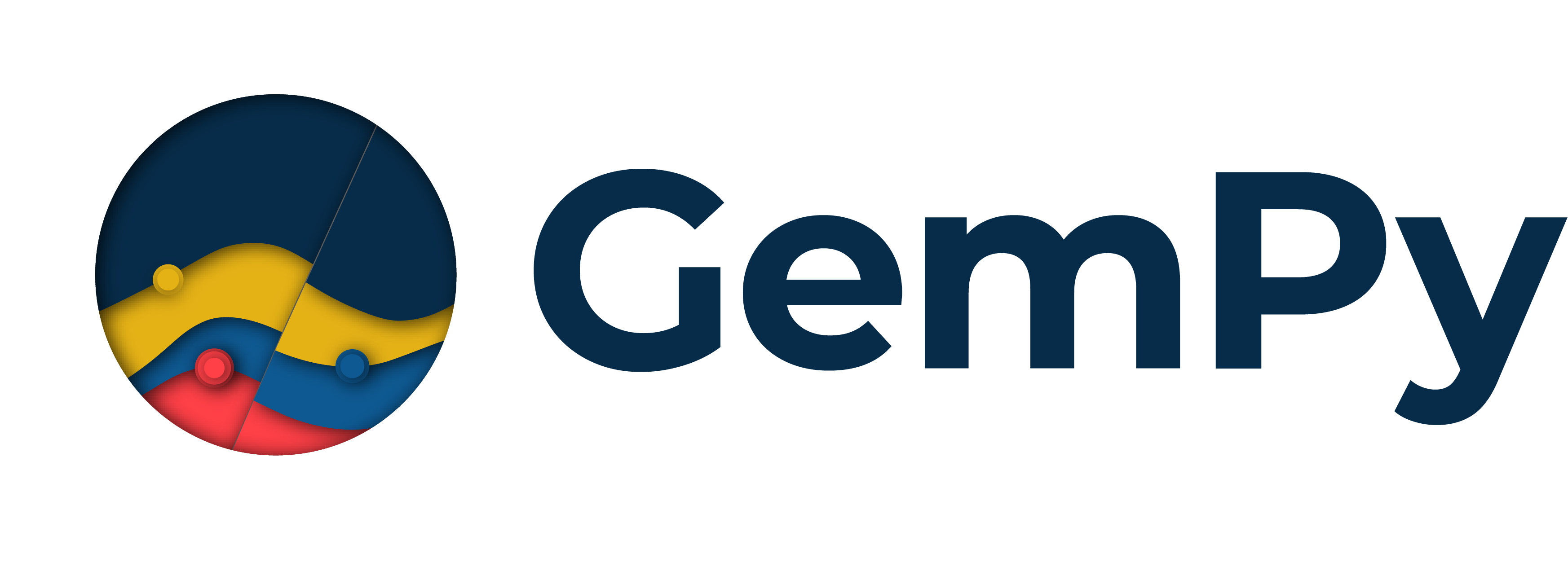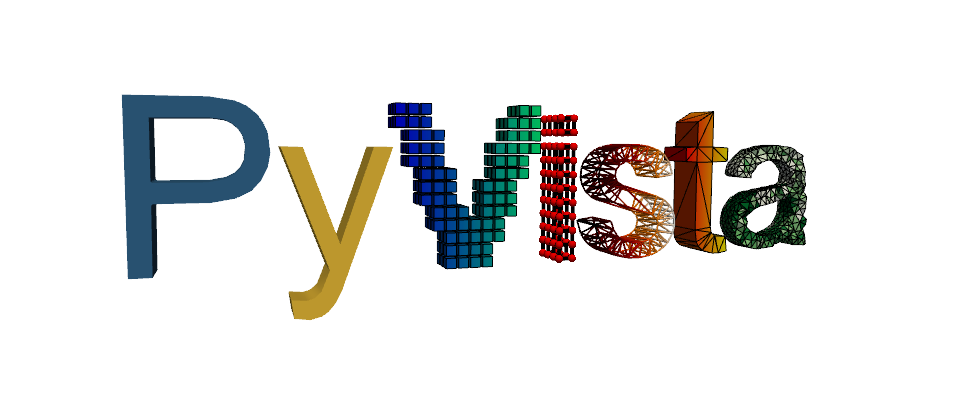About
Trivia
Fatiando a Terra is Portuguese for Slicing the Earth, a reference to the project’s Brazilian origins and ambitious initial goals to model the whole planet.
Brief history
The Fatiando a Terra project had it’s start around 2008 as a C++ program to perform geophysical modeling of various data types (gravity, magnetics, seismic, etc.). At least that was what a small group of Geophysics undergraduate students at the University of São Paulo, Brazil, set out to do. Unsurprisingly, this overly ambitious goal was never achieved.
First diagram (in Portuguese) of the planned graphical user interface (GUI) for the Fatiando C++ program. Retrieved from commit 10c8ff7 from 11 February 2009.
In 2010, we started developing the fatiando
Python library, which included several state-of-the-art methods for forward
modeling and inversion of gravity and magnetic data, as well as toy problems in
other fields useful for teaching.
Development of this library was discontinued in 2018 as our focus shifted to
our newer and more well-scoped libraries.
This blog post announcing the shift explains the
reasoning behind this decision.
Note
The last version that was released of fatiando is v0.5.
The documentation for it can still be accessed at
legacy.fatiando.org
Our YouTube channel has a playlist of talks given about Fatiando over the years.
The geophysics Python ecosystem
Fatiando is a part of the larger geophysics open-source Python ecosystem, which has grown tremendously since we started development in 2010.


